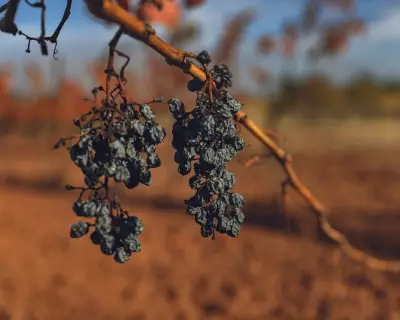
In an unexpected twist of conservation history, the humble wild turkey became a form of currency, traded between states and even across borders to rescue its own species from the brink.
The Barter System That Saved a Species
Following a dramatic decline to a mere few thousand birds in the late 1880s, due to forest clearing and unregulated hunting, the wild turkey has staged a remarkable comeback. The population has now soared to approximately 7 million birds across 49 US states, with additional populations thriving in Canada and Mexico, according to the National Wild Turkey Federation.
This incredible recovery was largely fuelled by a series of strategic animal swaps. State wildlife agencies, demonstrating immense creativity, bartered turkeys for a menagerie of other creatures. Oklahoma, for instance, exchanged walleye and prairie chickens for turkeys from Arkansas and Missouri. Colorado secured its turkeys from Idaho by offering mountain goats in return.
The trading extended internationally, with the Canadian province of Ontario receiving 274 turkeys from six different US states. In exchange, Ontario provided moose, river otters, and partridge, creating a international network for species restoration.
West Virginia: The Keystone Turkey Trader
One state emerged as a particularly prolific trader. West Virginia used its abundant turkey population as a form of wildlife currency. In a landmark 1969 trade, the state sent 26 turkeys to New Hampshire in return for 25 fishers, a member of the weasel family valued for its fur.
"They were like our currency for all our wildlife that we restored," explained Holly Morris, furbearer and small game project leader at the West Virginia Division of Natural Resources. "It’s just a way to help out other agencies. We’re all in the same mission."
This pioneering approach marked a significant shift from earlier, less successful efforts in the 1940s and 50s, which involved raising turkeys on farms. "Turkeys that had been raised in a pen didn’t do very well in the wild," noted Patt Dorsey, director of conservation for the National Wild Turkey Federation’s western region. The strategy then evolved to capturing wild birds and relocating them, which proved vastly more effective.
A Lasting Legacy for Ecosystems
The success of these trades is vividly illustrated in New Hampshire, where wild turkeys had been absent for over a century. While an initial flock from West Virginia succumbed to a harsh winter, a subsequent group from New York in 1975 thrived. Through decades of careful management, which involved moving birds around the state dozens of times, the population has exploded to roughly 40,000 birds.
"Turkeys are incredibly adaptive," said Dan Ellingwood, a biologist with the New Hampshire Fish and Game Department. "Winter severity has changed, the landscape has changed, and yet the population really took off."
Beyond their popularity with hunters, turkeys play a crucial role as both predator and prey in a healthy ecosystem. The restoration effort, however, carries a deeper significance. It underscores the importance of ensuring native species persist for generations to come. Furthermore, as Dorsey highlights, turkey restoration projects often provided the foundation for reviving other species, proving that a lot of good work gets done on the back of the wild turkey.





